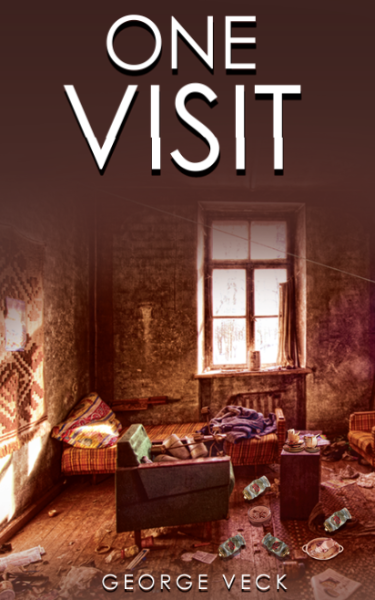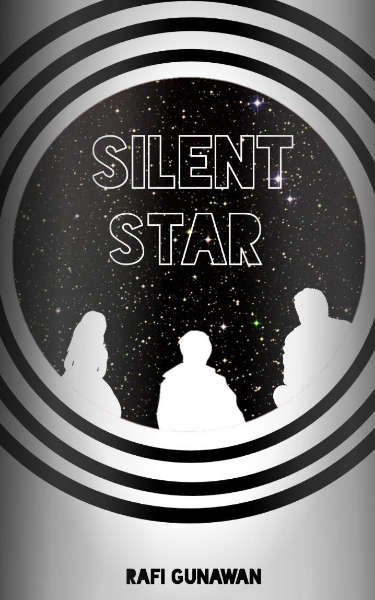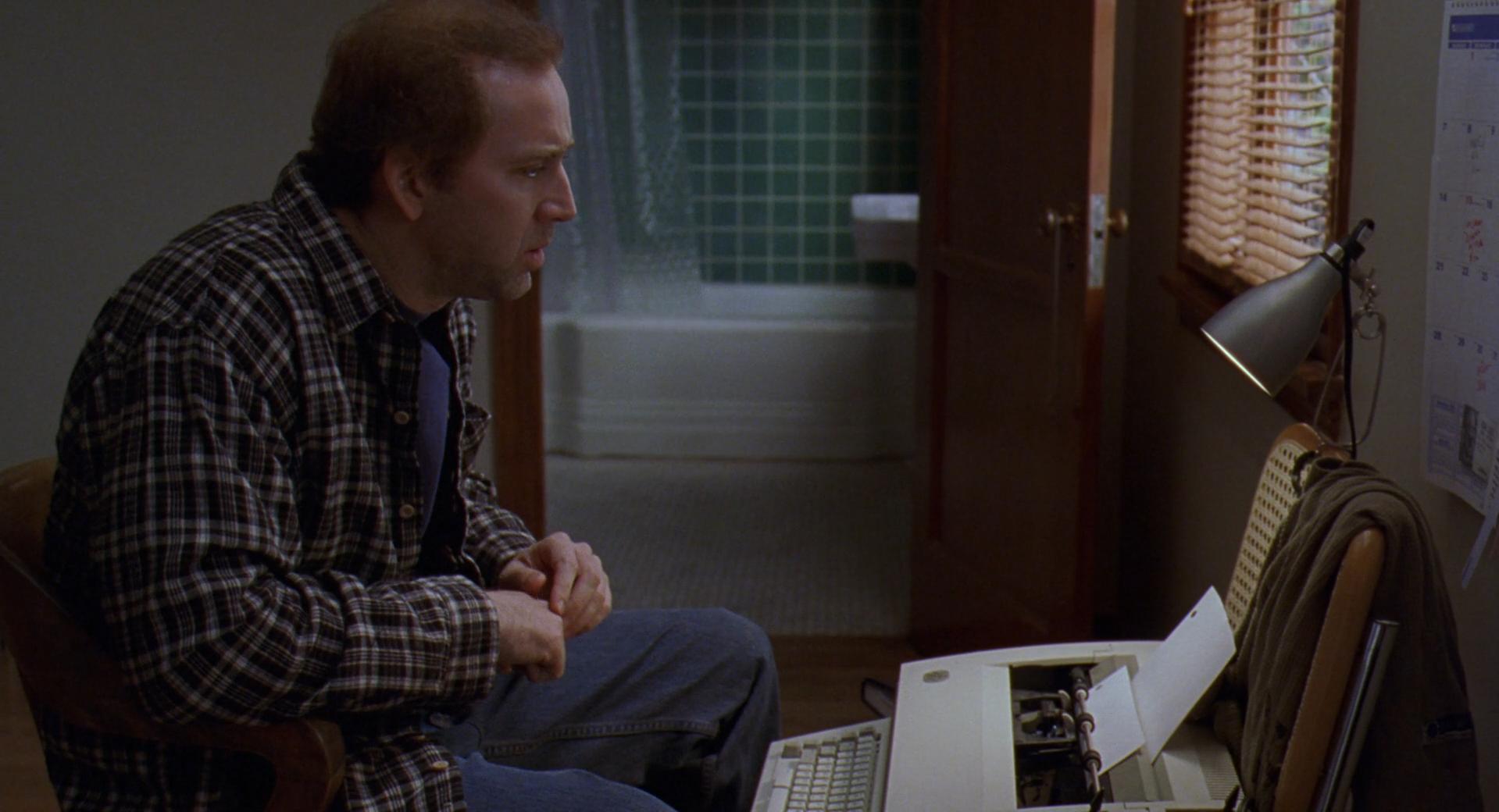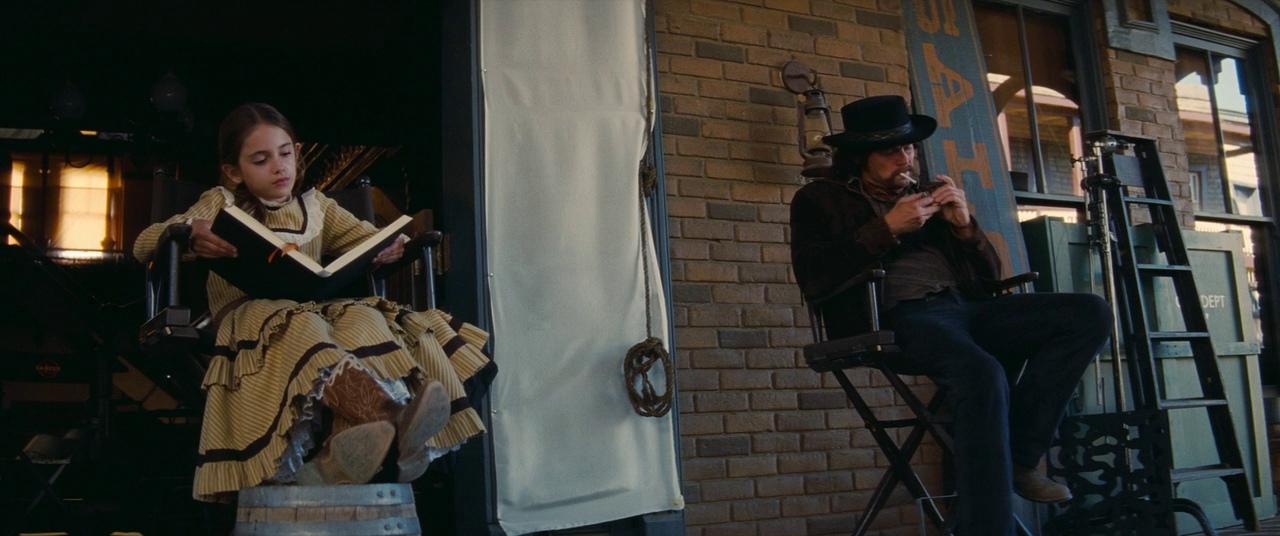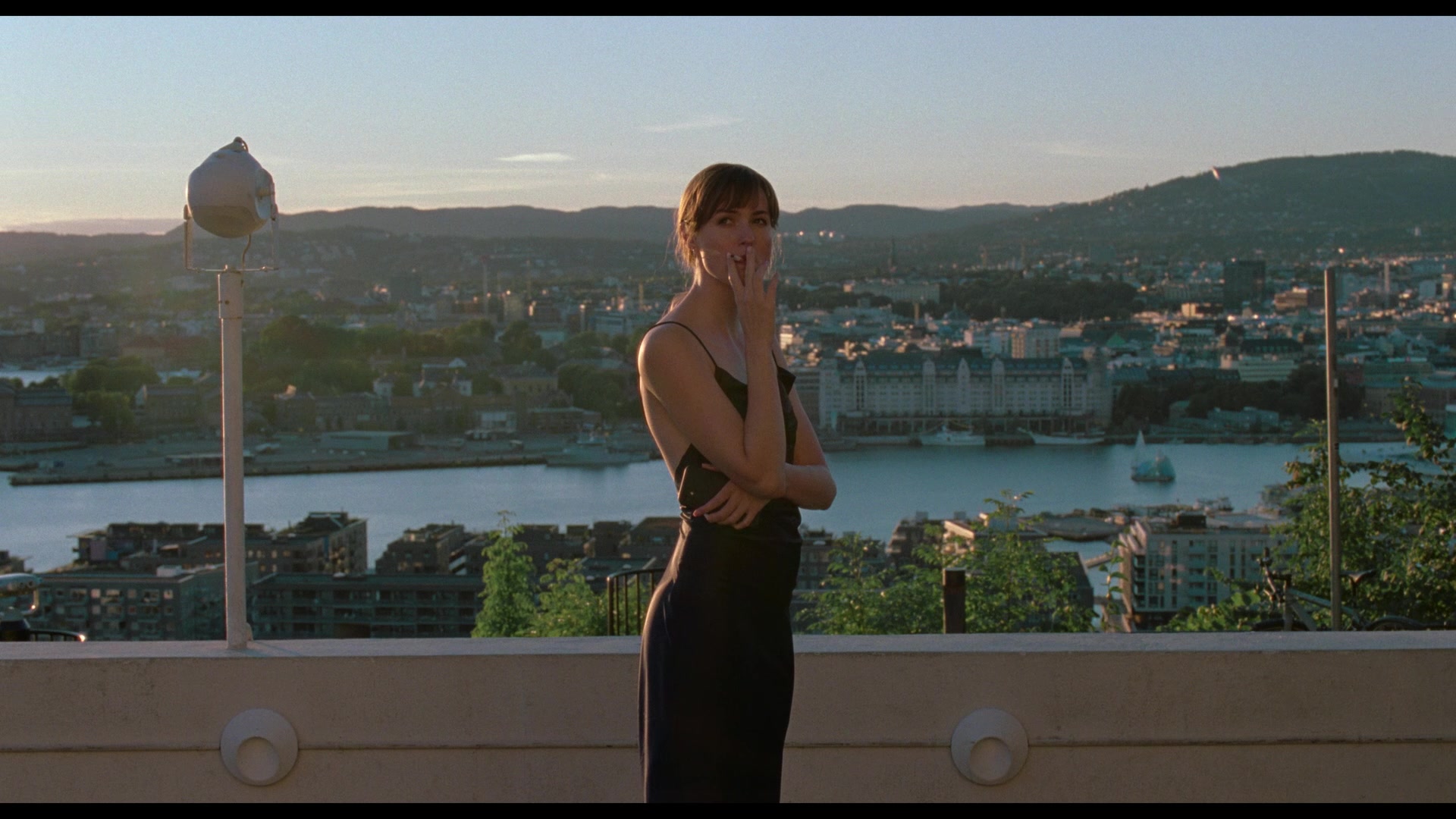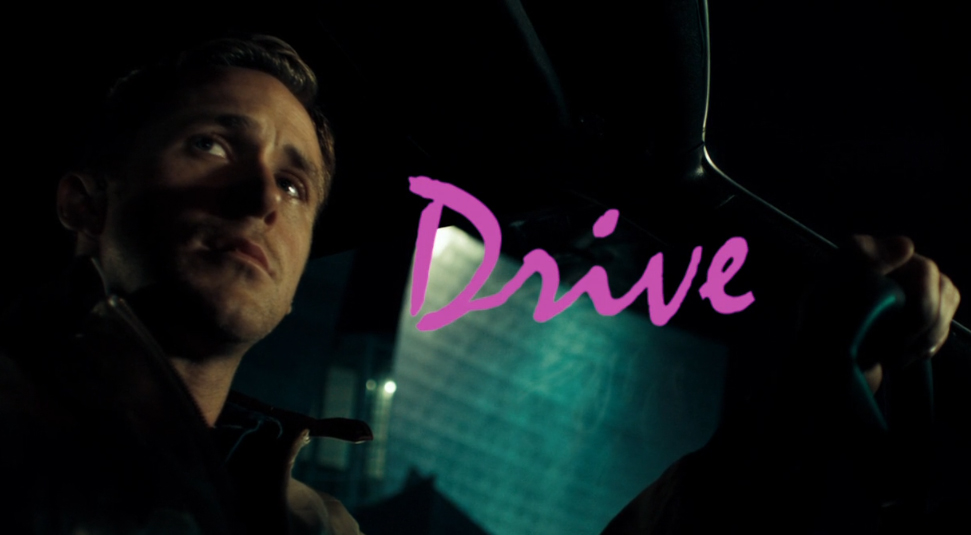
Ferrara & The Young Balbo feature
#Drama #Action/Adventure #History
Through the eyes of a young veteran, the movie recalls the dramatic events that lead to the born of the Italian Agrarian Fascism between 1919 and 1922.
Awards
Approved
Summary
0 Reviews |
101 pages |
7 months ago
|
Draft 2
Remo comes back after war with the desire to make a life for himself with his fiancée Lucia, but
finds the town disrupted by struggles between socialist leagues and tenants, sharecroppers,
landowners.
Remo joins the emerging Fasci di Combattimento and little by little become the right hand of his
ex-Captain Italo Balbo. The carnage of Piazza D'Accursio (Bologna) the massacre of Castello
Estense (Ferrara) are the reason for Italo Balbo's descent into political contention and get
Mussolini’s trust.
The novel is based on events that actually happened but have fallen into oblivion. Only Remo, Lucia
and their families are fictional, supporting the story to tell the viewer about the climate and daily
life of the people of Ferrara during the so-called “Red Biennium” and “Black Biennium.”
finds the town disrupted by struggles between socialist leagues and tenants, sharecroppers,
landowners.
Remo joins the emerging Fasci di Combattimento and little by little become the right hand of his
ex-Captain Italo Balbo. The carnage of Piazza D'Accursio (Bologna) the massacre of Castello
Estense (Ferrara) are the reason for Italo Balbo's descent into political contention and get
Mussolini’s trust.
The novel is based on events that actually happened but have fallen into oblivion. Only Remo, Lucia
and their families are fictional, supporting the story to tell the viewer about the climate and daily
life of the people of Ferrara during the so-called “Red Biennium” and “Black Biennium.”
